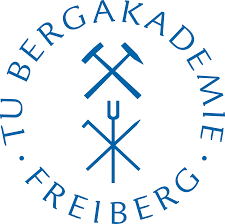TU Bergakademie Freiberg

Four core fields – geo, material, energy, environment – thereby give the oldest existing mining science university in the world a unique and unmistakable profile as the university of resources. Scientists and students from all research areas actively work together in these four areas. Strong partners from the industry are always by their side. Therefore, the TU Bergakademie Freiberg also ranks amongst the ten strongest research universities in Germany due to third-party funding per professor and occupies the top position in the new federal states.
As the university of resources, the TU Bergakademie Freiberg extensively takes the saving of raw material in particular into account, according to the sustainability concept which was coined by the Freiberg head mining administrator Carl von Carlowitz in 1713. In the process the university covers everything from the exploration of new as well as local deposits to the development of alternative power engineering, from recycling to research into new materials.
In the front line for society’s current developments – the TU Bergakademie Freiberg has pursued this ideal since its establishment in 1765. Alexander von Humbolt and Novalis studied in Freiberg. Abraham Gottlob Werner founded scientific mineralogy here. The chemist Clemens Winkler discovered the element germanium in the mining town, while Ferdinand Reich and Hieronymus Theodor Richter discovered the element indium.